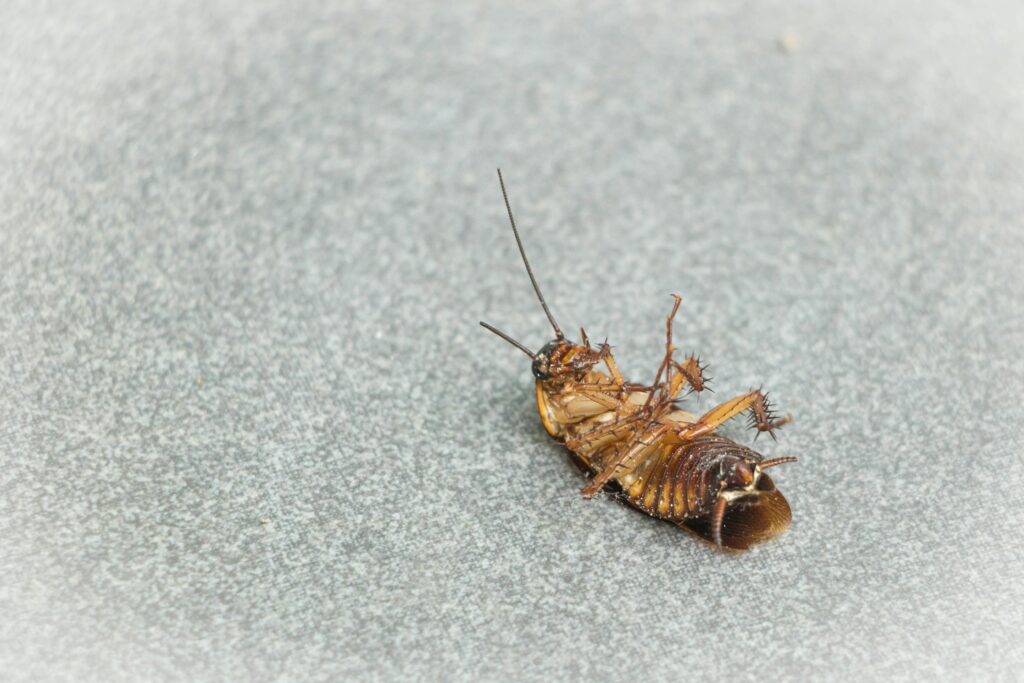Integrated Pest Management (IPM) is a forward-thinking, eco-friendly approach to controlling unwanted pests while safeguarding health and the environment. Instead of relying solely on pesticides, IPM employs economically viable and environmentally sound methods. By focusing on the lifecycle and behavior of pests, IPM allows for targeted interventions that prevent infestations efficiently and sustainably. As awareness grows about chemical pesticides’ negative impacts on human health and biodiversity, IPM offers a compelling alternative that balances pest control with ecological stewardship.
Access to expert advice and practical solutions can be invaluable for those managing properties or households in regions with persistent pest challenges. Utilizing services such as Tulsa General Pest Control, homeowners can address pest issues specific to their area with tailored strategies that align with IPM principles. These experts provide insights that empower homeowners to manage pests more effectively without disrupting the surrounding environment.
Common Household Pests and Their Challenges
Houses worldwide face challenges from various pests, each causing unique problems. Common intruders consist of mice, ants, termites, and spiders. Mice and rats are well known for their talent in gnawing through wires and insulation, causing expensive repairs and fire risks. Additionally, they transmit illnesses such as hantavirus and salmonella, significantly threatening residents’ health.
Ants may seem insignificant due to their size, but their colonies can swiftly evolve into massive populations, invading kitchens in search of food. This uninvited presence not only contaminates food but can also cause structural damage in the cases of carpenter ants. Meanwhile, spiders can induce anxiety or fear in many individuals. Although most spiders are harmless and beneficial by preying on other insects, some species deliver painful bites that could lead to adverse reactions.
Understanding the traits and dangers associated with these pests is crucial in devising effective prevention and control measures. This knowledge enables homeowners to tailor their IPM strategies, focusing on each pest type’s unique behaviors and weaknesses.
Principles of Integrated Pest Management
The cornerstone of IPM is its reliance on a systematic approach to pest control that balances prevention and intervention. At its core, IPM involves four key components: monitoring, prevention, observation, and intervention, each playing a critical role in maintaining long-term pest control.
Monitoring is an ongoing process where homeowners regularly inspect their properties to gauge pest activity. Early detection is crucial as it allows for swift action before infestations spiral out of control. Prevention focuses on implementing measures that make the home less inviting to pests, such as removing food sources and blocking entry points.
The observation stage requires homeowners to watch pest dynamics, noting activity levels and seasonal patterns to predict better and curb future issues. Finally, intervention is employed when pest populations reach unacceptable levels, using targeted measures that prioritize non-chemical methods.
Preventive Measures for Keeping Pests Away
Preventive tactics form the backbone of a successful IPM approach, reducing the need for reactive treatments. Effective sanitation practices are pivotal; keeping the home tidy and free of food residues goes a long way in deterring pests attracted to nourishment. Regular cleaning routines can break down the conditions that pests thrive in, making it essential for homeowners to eliminate clutter and debris that could serve as habitat or food sources.
- Sanitation: Emphasize regular cleaning to remove crumbs, spills, and clutter to deter pests.
- Habitat Disruption: Ensure areas like attics, basements, and garages are well-organized and dry to prevent moisture buildup that attracts pests.
- Securing Entry Points: Patch up cracks in foundations, windows, and doors to reduce access points for pests.
Biological and Mechanical Control Methods
Biological and mechanical controls are vital to IPM, offering pest control solutions with minimal environmental impact. Biological control involves using natural predators or organisms to manage pest populations. For example, lady beetles and parasitic wasps can effectively reduce aphid infestations in gardens, while nematodes act as natural checks on soil-dwelling pests like grubs and weevils.
Conversely, mechanical control strategies encompass physical removal, traps, and barriers to prevent pests from entering and increasing in areas of concern. Traps for mice or insects can capture and control populations, while physical barriers such as tightly sealed door sweeps prevent entry.
Chemical Control: Last Resort and Safe Practices
While chemical controls are a part of IPM, they are a last-resort option, used only when non-toxic methods fail to deliver the desired results. When opting for chemical solutions, using them judiciously is crucial to minimize risks to human health, pets, and the broader ecosystem. Homeowners must rigorously adhere to product instructions and choose pesticides characterized by lower toxicity.
The appropriate application and timing of chemical interventions significantly enhance their efficacy, ensuring they address the problem without unnecessary environmental impact. This prudent approach helps maintain the delicate balance IPM strives to achieve — effective pest management that prioritizes ecological health.
Community Efforts and Professional Assistance
Pest management is not solely an individual responsibility; community initiatives can amplify efforts, especially in densely populated areas or shared housing complexes. Organizing neighborhood clean-ups, information sessions, and regular inspections of common areas can prevent potential pest hotspots from developing.
Consulting with pest management professionals can yield tailored solutions that integrate seamlessly with existing IPM practices for more complex issues. Experts offer the comprehensive understanding and tools needed to tackle severe infestations that exceed the average homeowner’s expertise. Information on how communities address pest challenges can be found through various initiatives for community pest management.





